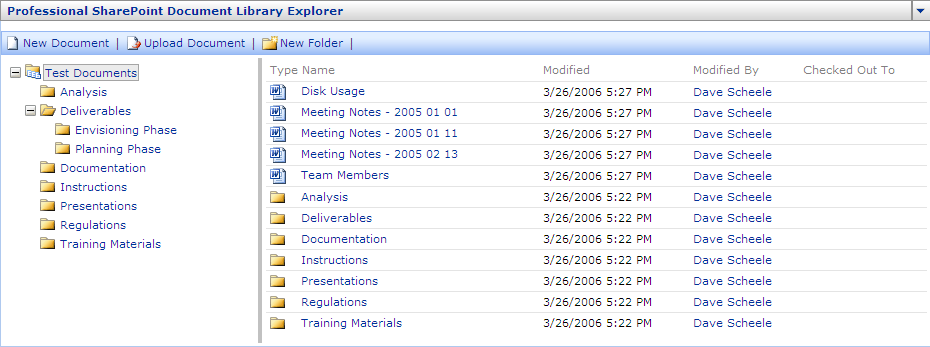I have seen many SharePoint environments in large companies, and I have rarely seen one that is done well. Often, using a share drive would offer similar benefits, aside from version control and the ability to send links instead of attachments (not that people did!). If you are using SharePoint, then document libraries can offer tremendous benefits. In a share drive, it’s pretty impossible to find anything if you are sharing it with any more than a few people. In a document library, you can store and retrieve information in seconds. The time saving is awesome.
When you setup a library, the first thing to do is to run a workshop on how to design it. You need to capture the metadata that is applicable to the people using that library. For example, if you are setting up a library for the HR department, it will look quite different to the Finance department. You need to spend time with the people that are familiar with those documents, and design the metadata together.
Here are a few guidelines
Don’t capture too much metadata
If you request people to enter 15 types of information when they are saving a new document, chances are that they won’t, or they will select anything just to get it saved if the fields are mandatory. There should be no reason to filter and sort by 15 different types of information, it will over clutter the library, and drive people crazy. Keep your metadata to approx 5, and no more than 10, in addition to the usual date modified, modified by, title, and attachment fields.
Make sure the metadata is understandable quickly
You don’t want to force people to think when they are saving a file, they have already done that when writing it. Ideally they have a number of dropdowns to quickly select appropriate metadata that is a no-brainer to select. Confuse people and you will have a library of confused tags.
Don’t use folders if possible
Sometimes it is easier to use a folder when certain items in a library need to have particular permissions, however it makes the capturing and filtering of metadata more tedious. With everything in one place, people can filter quickly, without having to wonder if it is in this folder or that.
Ensure your permissions are well done
avoid setting permissions at the file level if possible, it makes for a maintenance nightmare. Also apply permissions to groups rather than individuals. It’s a lot easier adding and removing people from groups than changing individual files.
Use content types to enable a list of templates for your library
For example, in a finance library, clicking on the new menu, could drop down a list of templates to choose from. Selecting the budget template would open a file, ready to populate. When done properly, filling in the document would capture metadata from within the document, and enable filtering and searching, without having to add it manually. This is a great time saver, and also ensures control so people are always using the most recent version of a template.
Ensure people send links to documents
rather than downloading and attaching to an email, it keeps one source of truth, and of course, make sure version control is switched on. How not to setup a library – lots of folders, and no useful metadata A better example of what a library should look like – sort and filter by useful metadata at a minimum There is a lot more to talk about on document libraries, part 2 coming soon. cheers Marcus

